Haworthia coooperi, which is commonly referred to as Window Haworthia, is a low-growing succulent species that forms rosettes of translucent blue-green leaves. Like the other species of plants that belong to the Haworthia genus, Haworthia cooperi is a succulent that tends to remain small even when mature. It does grow well as a houseplant as long as it is exposed to enough sunlight. Lately, I have been interested in adding these succulents to my plant collection, so I did some research on the care requirements of Haworthia cooperi.
Haworthia cooperi plants do best when grown near an east-facing or west-facing window. They will also do well near a south-facing window as long as you slowly acclimate them to more intense sunlight. To avoid overwatering Haworthia cooperi, water the plant thoroughly and allow the soil to dry completely between watering sessions.
The rest of this article will give you a detailed outline of Haworthia cooperi’s care requirements.
About Haworthia cooperi
They are endemic to South Africa. Specifically, they grow within the Eastern Cape of South Africa. The rosettes tend to be withdrawn in the soil. So how do the underground leaves get the sunlight they need to survive? Light enters the transparent tips of the leaves and travels deep into the underground leaves. These underground leaves contain cells with chloroplasts which is where photosynthesis takes place.
Many plant species belonging to the Haworthia genus look like miniature Aloes. This is true for some varieties of Haworthia cooperi. However, some varieties of Haworthia cooperi tend to have more rounded bulbous and rounded leaves than leaves characteristic of Aloes.
Varieties Of Haworthia cooperi
If you shop for Haworthia cooperi plants online, you may notice that there are several types (varieties) of this plant.
In botanical nomenclature, variety can be thought of a synonym to sub-species. In the case of Haworthia cooperi, varieties do vary significantly in appearance. However, all varieties are low-growing succulents that form clumps.
The table below lists some of the most common varieties of Haworthia cooperi.
| Variety | Image | Description |
|---|---|---|
| Haworthia cooperi var. baker | 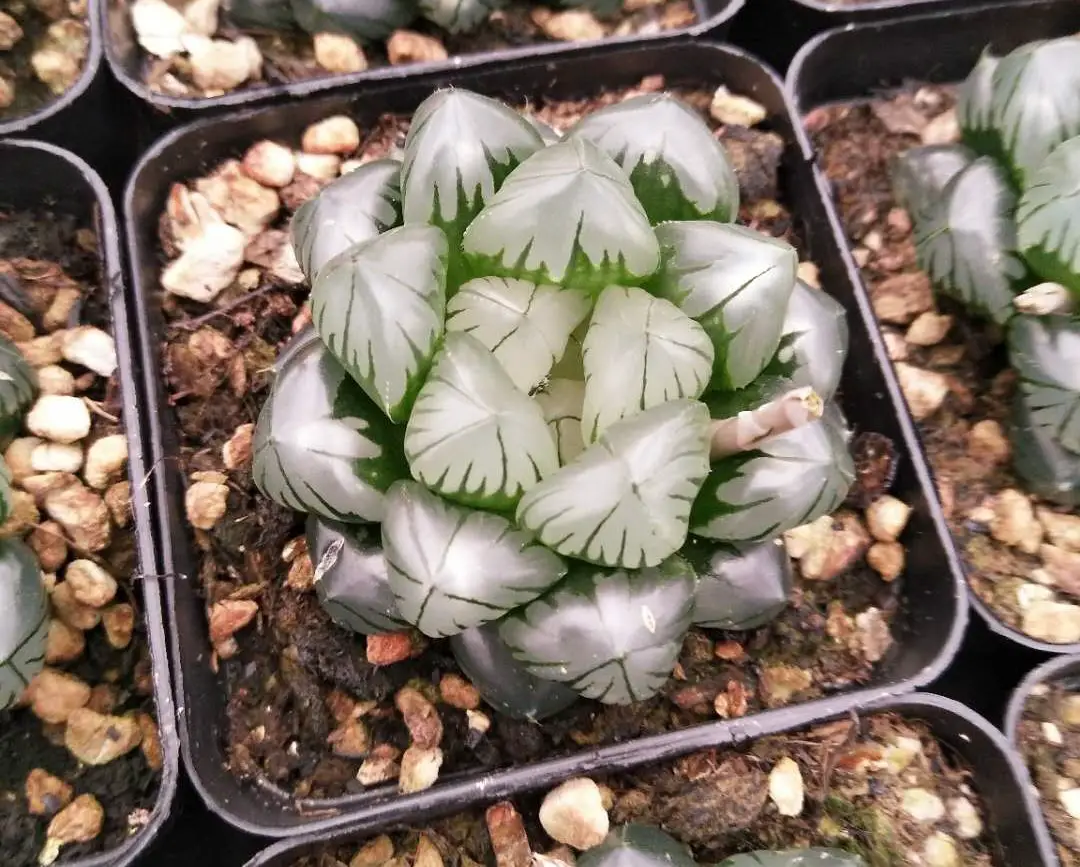 | This variety of Haworthia cooperi can also have red leaves. |
| Haworthia cooperi var. cooperi | 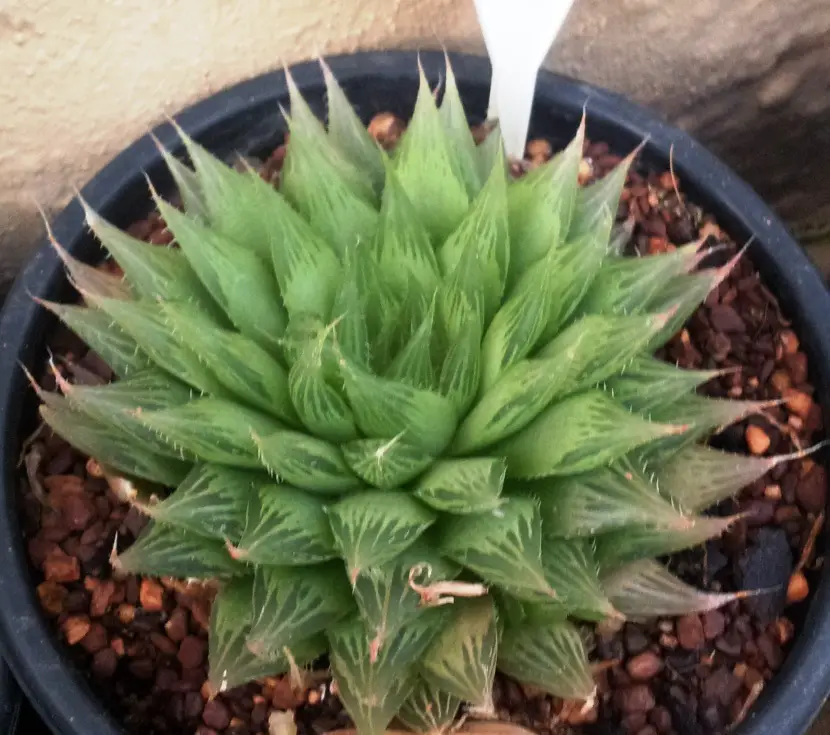 | Haworthia cooperi var. cooperi has pointer leaves and is native to South Africa. |
| Haworthia cooperi var. dielsiana | 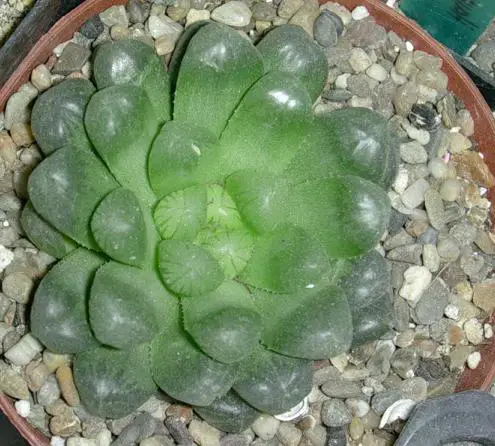 | This variety is common in cultivation. |
| Haworthia cooperi var. doldii | 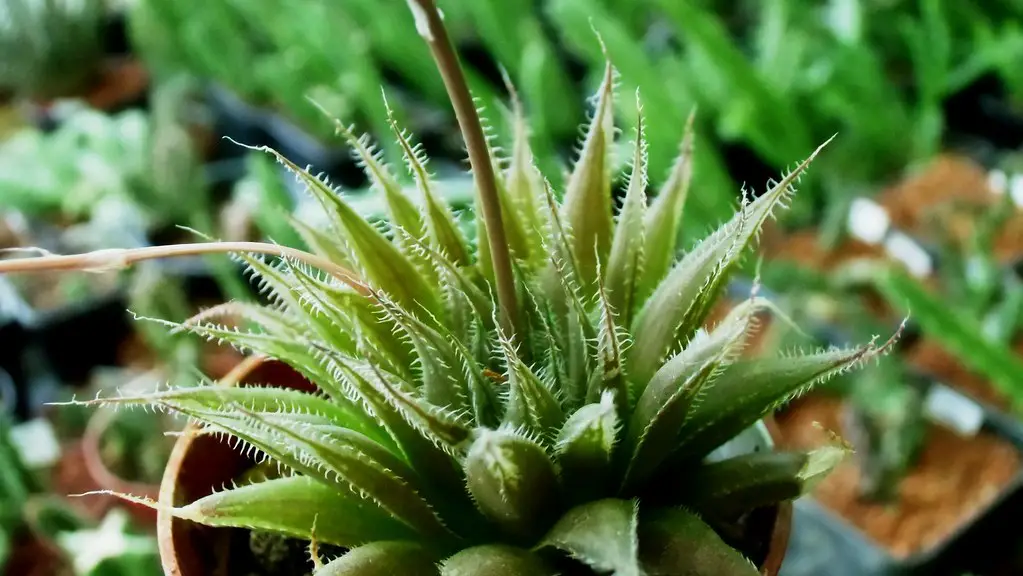 | Haworthia cooperi var. doldii has slender, bristled leaves. |
| Haworthia cooperi var. gordoniana |  | In the wild, this variety of Haworthia cooperi grows under dead leaves. |
| Haworthia cooperi var. gracilis |  | Contains bristles and eventually has a velvety or fuzzy texture. |
| Haworthia cooperi var. isabellae (Poelln.) | 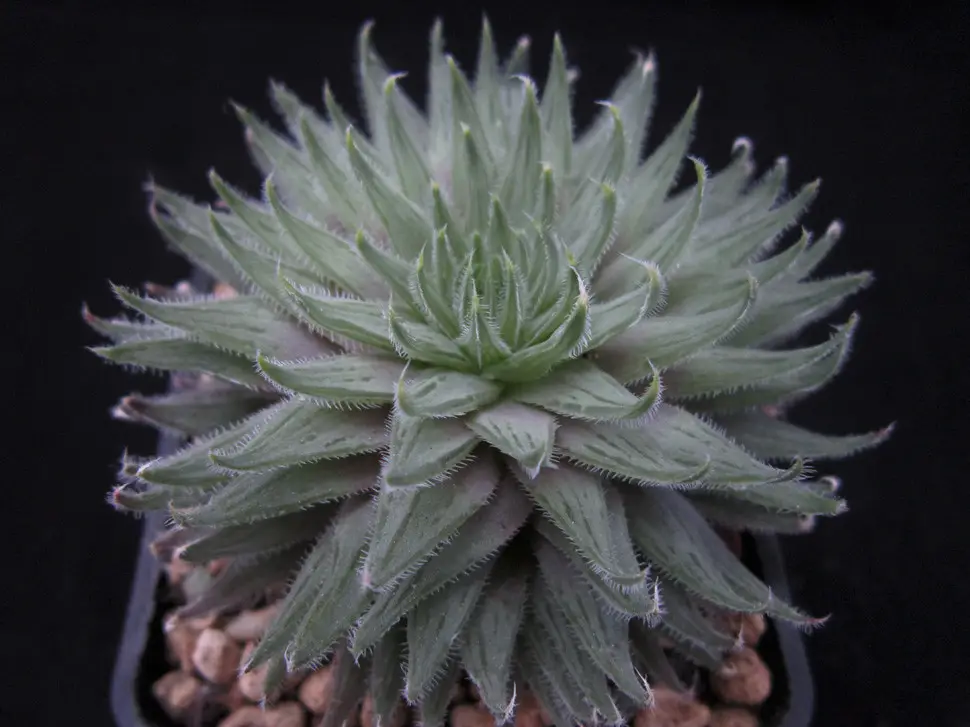 | Contains bristles and has a velvety or fuzzy texture. |
| Haworthia cooperi var. leightonii | 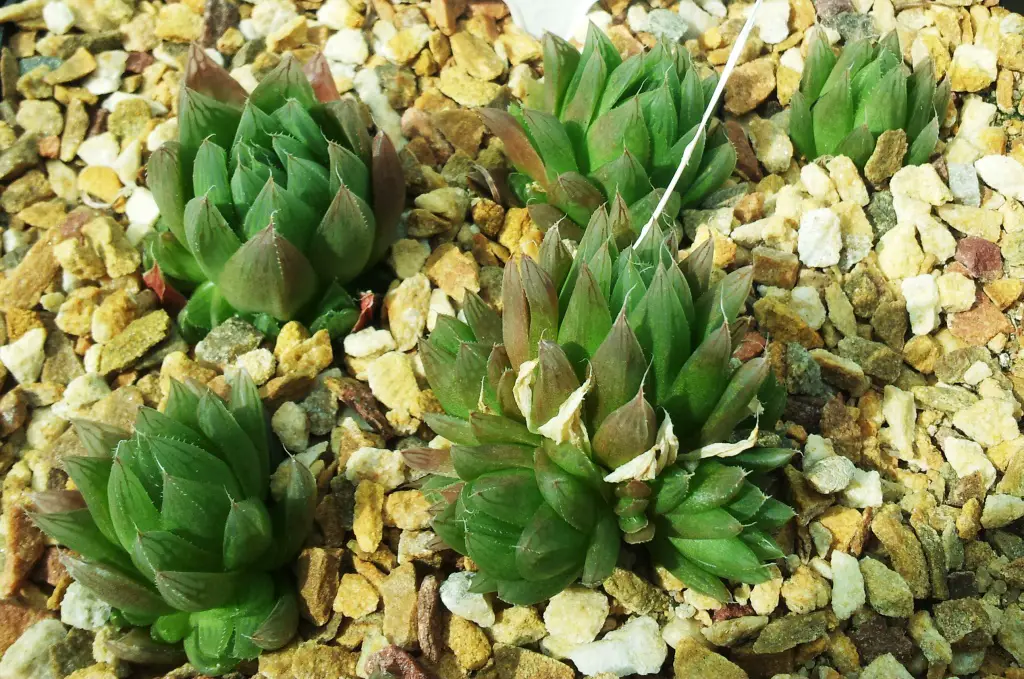 | Haworthia cooperi var. leightonii will turn red in the sun. |
| Haworthia cooperi var. obtusa | 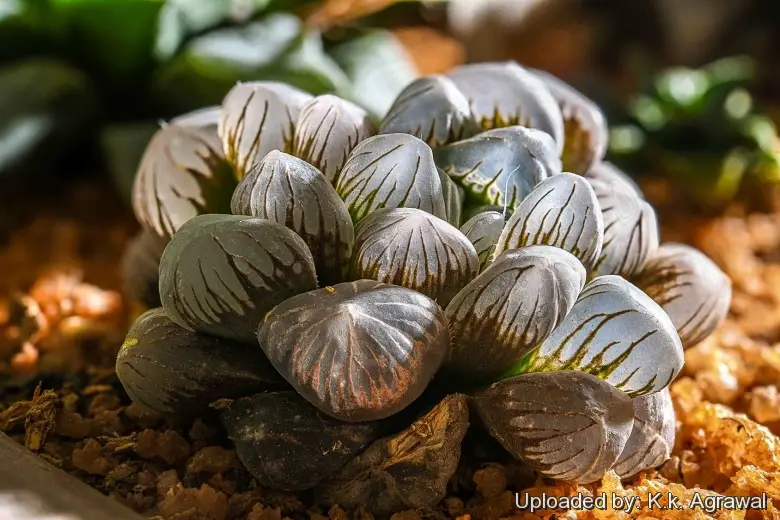 | Another name for the Haworthia cooperi var. truncata, which is the accepted scientific name. |
| Haworthia cooperi var. picturata | 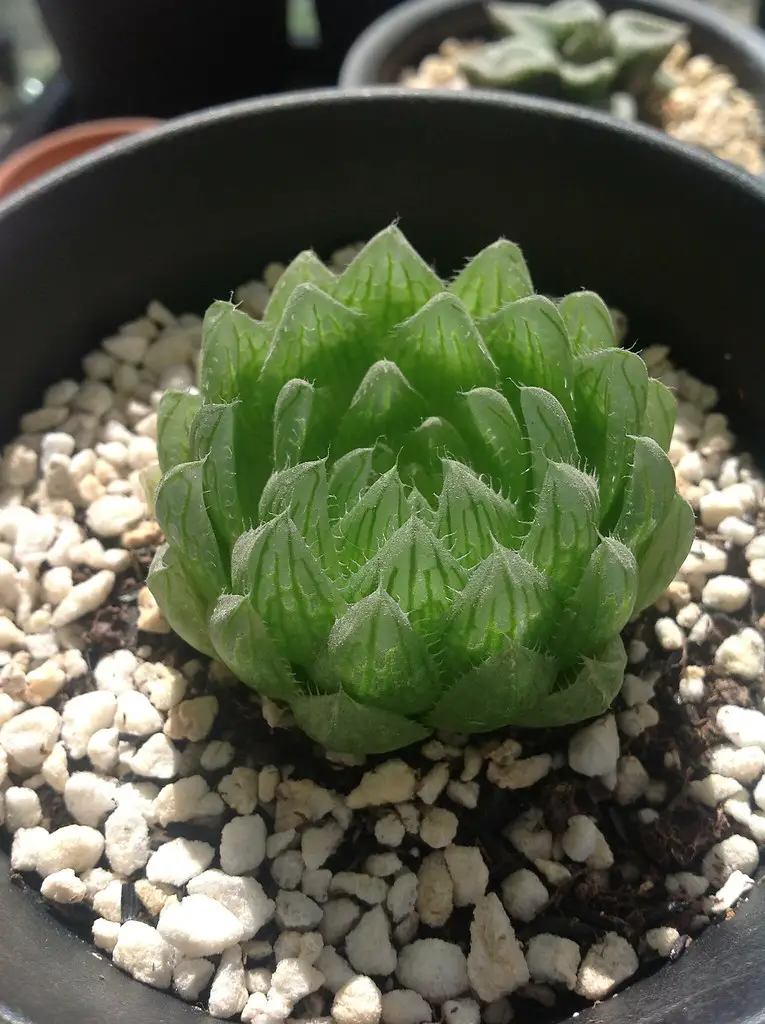 | This variety spreads quickly. |
| Haworthia cooperi var. pilifera | 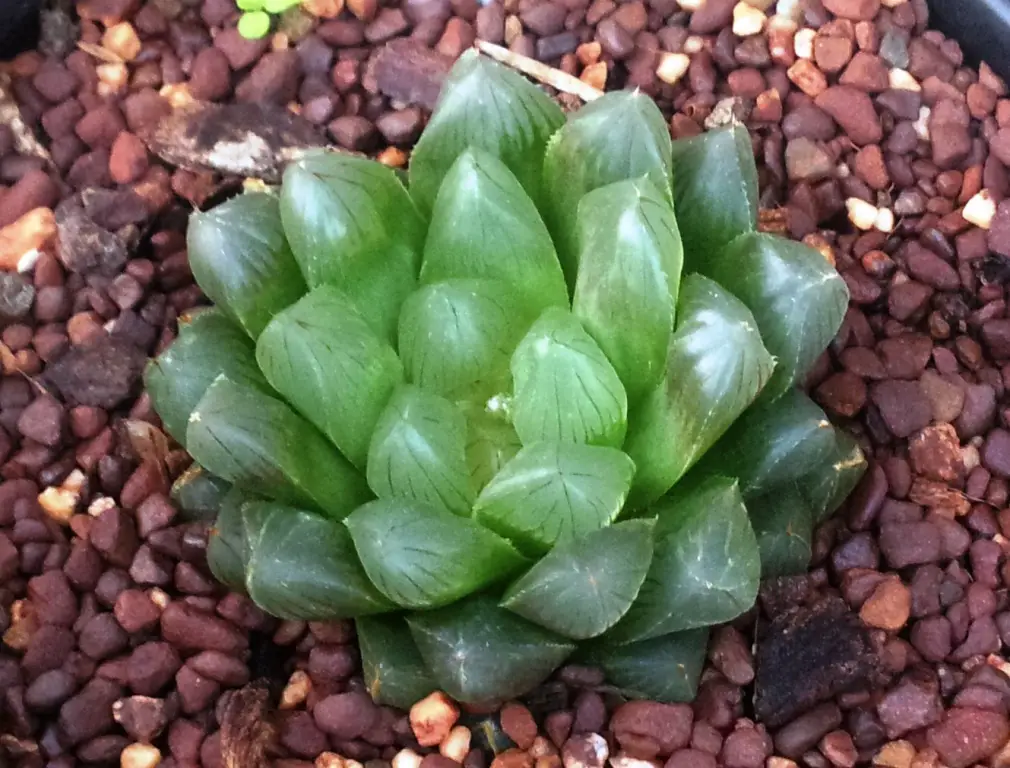 | This is the most common and widely available variety of Haworthia cooperi. |
| Haworthia cooperi var. tenera |  | This variety has very pronounced bristles. |
| Haworthia cooperi var. truncata | 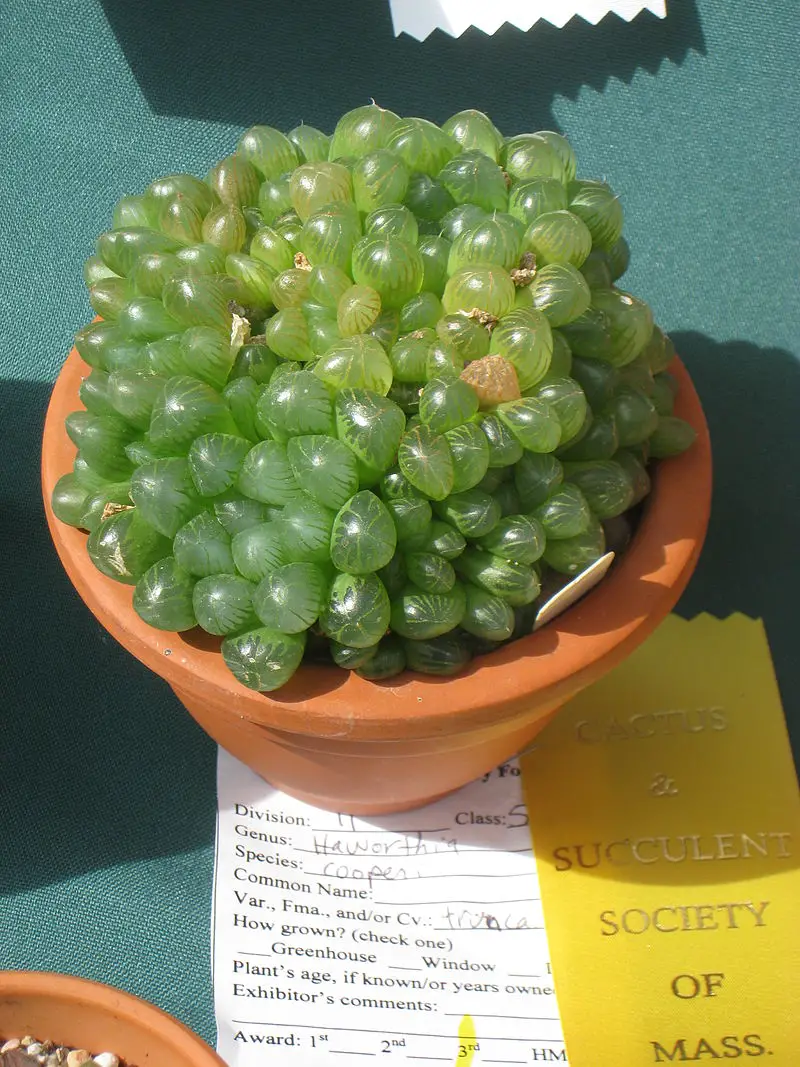 | Haworthia cooperi var. truncata is a bulbous variety tends to have veins within the leaves. This variety is native to South Africa. |
| Haworthia cooperi var. venusta | 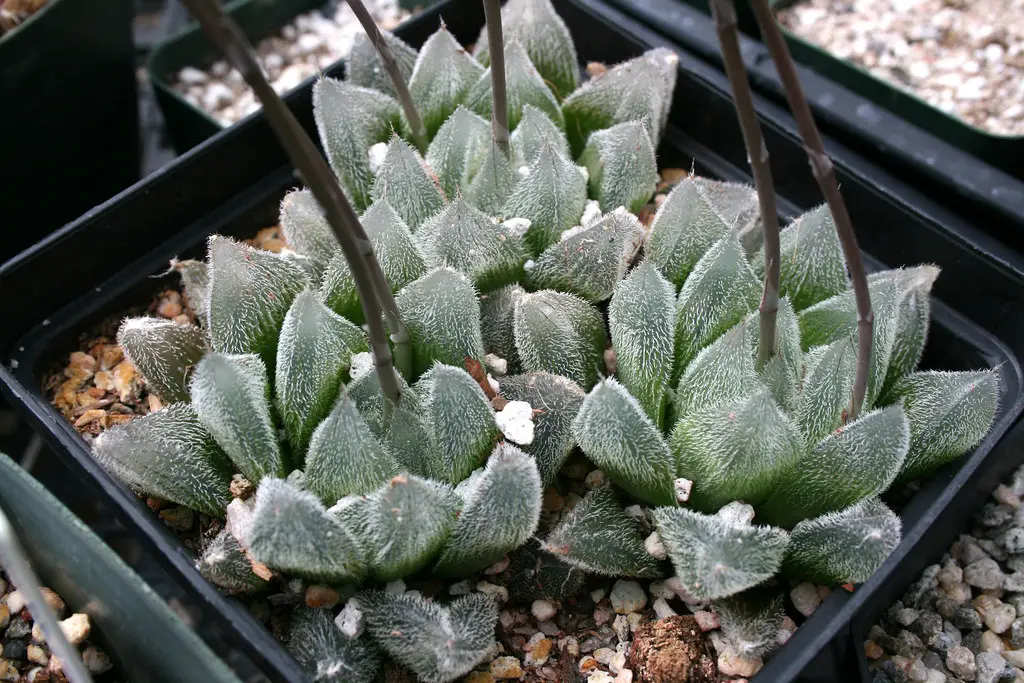 | Haworthia cooperi var. venusta has fuzzy bristles that give the leaves a silver appearance. |
| Haworthia cooperi var. viridis | 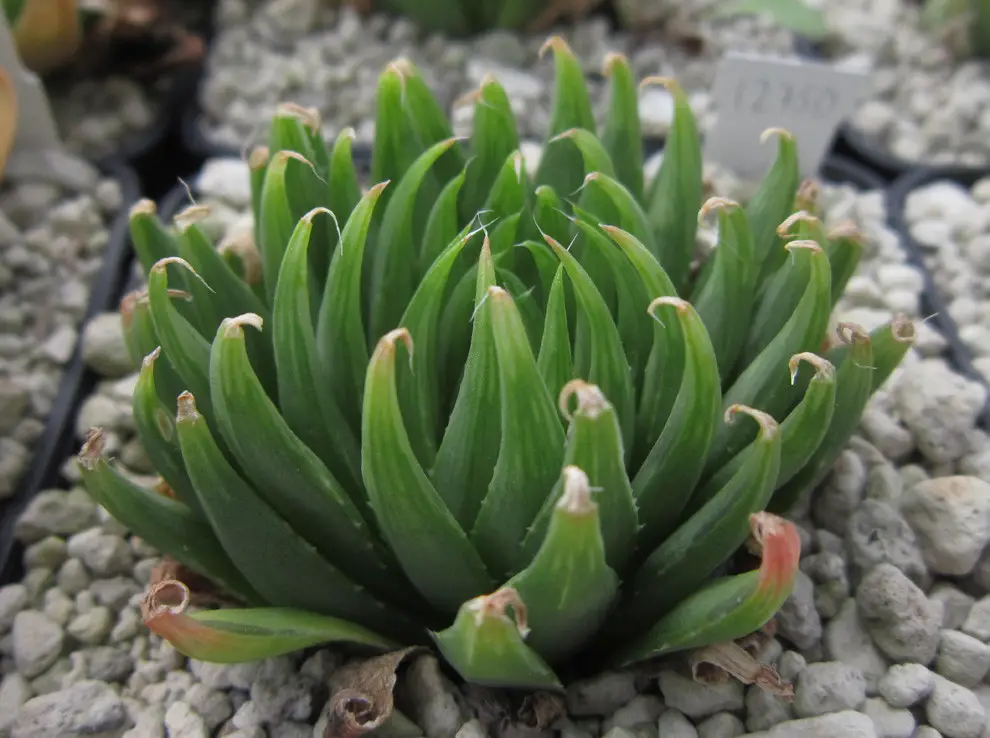 | This variety has leaves that tend to be more opaque than the other types of Haworthia cooperi. |
Haworthia cooperi Blooms
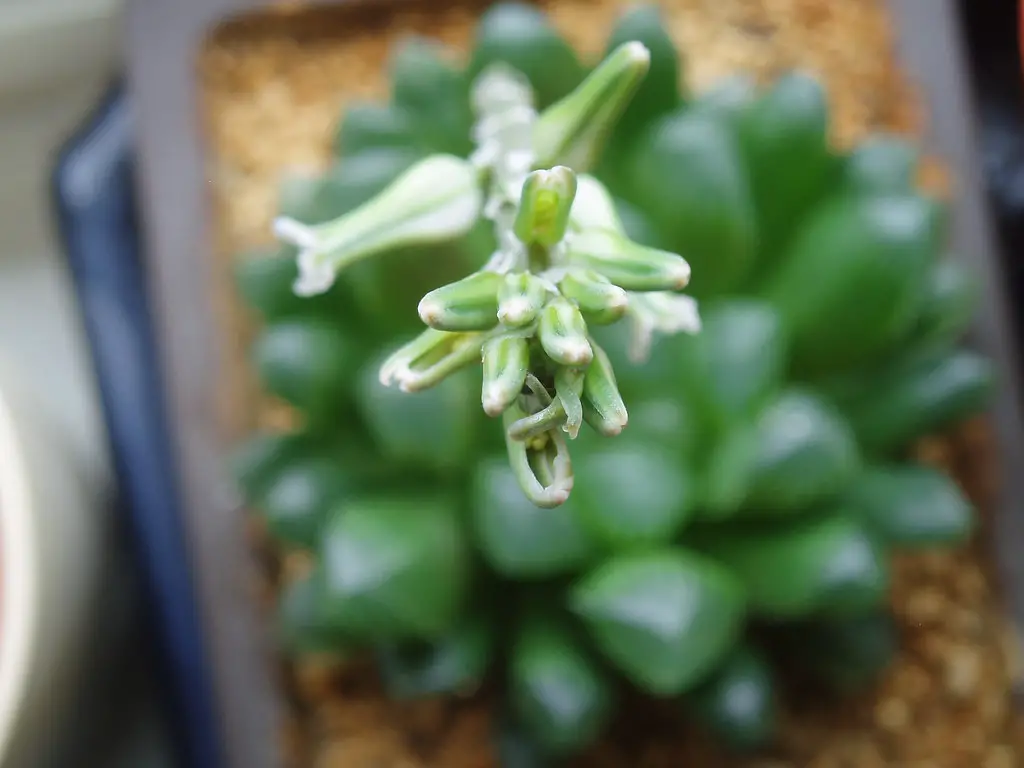
Like other species belonging to the Haworthia genus, Haworthia cooperi is a monocot. This means that they have a single cotyledon in the seed. The flowers are delicate and tend to be white or pale lavender in color. These plants will bloom in spring or summer.
Some types of succulents, such as Sempervivums, are monocarpic. This means that they flower once and then die. Fortunately, Haworthia cooperis are not monocarpic. They will not die after blooming and will continue to bloom several years in a row with proper care.
Lighting Requirements For Haworthia cooperi
Haworthia cooperi does best when it is grown in a location that is exposed to bright, indirect light. However, it can be grown in low-light conditions which makes it a good indoor houseplant.
When grown indoors, these plants grow best when placed near an east or west-facing window. You can also put your Haworthia cooperi near a south-facing window, but allow the plant to acclimate to avoid sunburns. You can acclimate your Haworthia cooperi to more sunlight by putting your plant near the south-facing window and placing several pieces of tissue paper on top of the plant. Every couple of days, remove a layer of tissue paper.
Pale leaves or yellow leaves can be a sign that your Haworthia cooperi is getting too much sunlight. Some Haworthia cooperi plants will also turn a more dull color if they are exposed to too much sunlight during dormancy.
In low-light conditions, Haworthia cooperi leaves will be softer and greener. If they do not get enough light, these plants will begin to stretch and lose their compact form. If you find that your Haworthia cooperi needs more light, consider using artificial lights to supplement natural sunlight.
Watering Haworthia cooperi
These plants, like many succulents, do best when the soil is allowed to dry completely between watering sessions. This prevents excess moisture causing root rot. Water your Haworthia cooperi thoroughly and make sure water is flowing out of the drainage holes when you do water.
Like many Haworthias, Haworthia cooperi grows predominantly during the winter months. For this reason, it is best to limit watering during the summer. This may seem counter intuitive because many plants need more water during the summer. However, watering excessive watering during the wrong parts of the year can cause root rot.
Best Soil Mix For Haworthia cooperi
Like most succulents, Haworthia cooperi should be grown in well-draining soil. If you do not like to mix your own soil, use a commercially available cactus or succulent mix. Otherwise, a soil mix comprised of potting soil, perlite, lightweight expanded clay aggregates (LECA), and a small amount of peat moss works well.
Propagating Haworthia cooperi
A neat characteristic of this plant is that it basically propagates on its own. Haworthia cooperi forms offsets at the base of the plant. You can carefully remove these offsets and plant them in a container of well-draining soil. The video below describes how to divide Haworthia cooperi.
Related Questions
Why is my Haworthia shriveling?
If you see your Haworthia starting to shrivel, stick your finger in the soil and determine whether the soil dry. If is dry, try watering the plant. If you believe that your Haworthia may be shriveling due to overwatering, do not keep watering!
If you start seeing your Haworthia to shrivel up, this is due to the plant using the water stored in their leaves to form new roots. For this reason, you should not cut off the shriveling leaves.
If you believe that your plant may experience some root rot, remove the plant from the soil. Leave the unpotted plant in a cool, dry place that does not get direct sunlight. You should start to see new roots forming around the base within a few weeks. Once you see these roots, you can plant the Haworthia in a pot again.
How do you tell the difference between Haworthia cooperi and Haworthia cymbiformis?
It can be difficult to tell the difference between Haworthia cooperi and Haworthia cymbiformis because both plants tend to have transparent leaves. In the wild, Haworthia cymboformis grows on cliffs, and Haworthia cooperi grows on lowland plains.
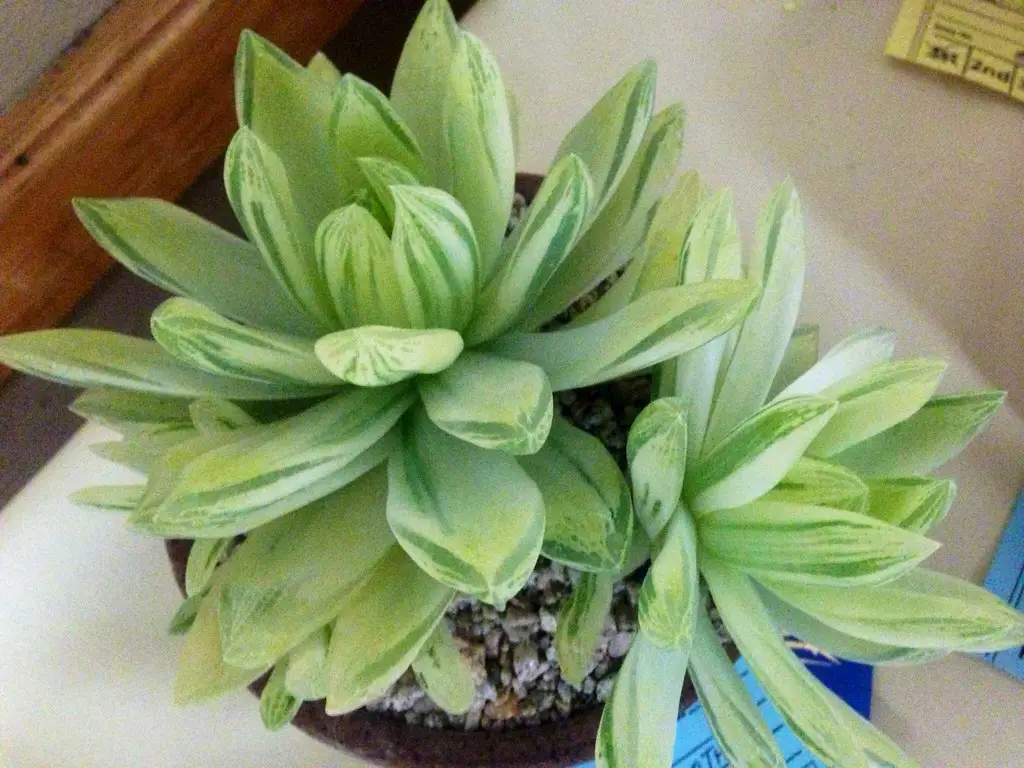
Haworthia cymboformis 
Haworthia cooperti
